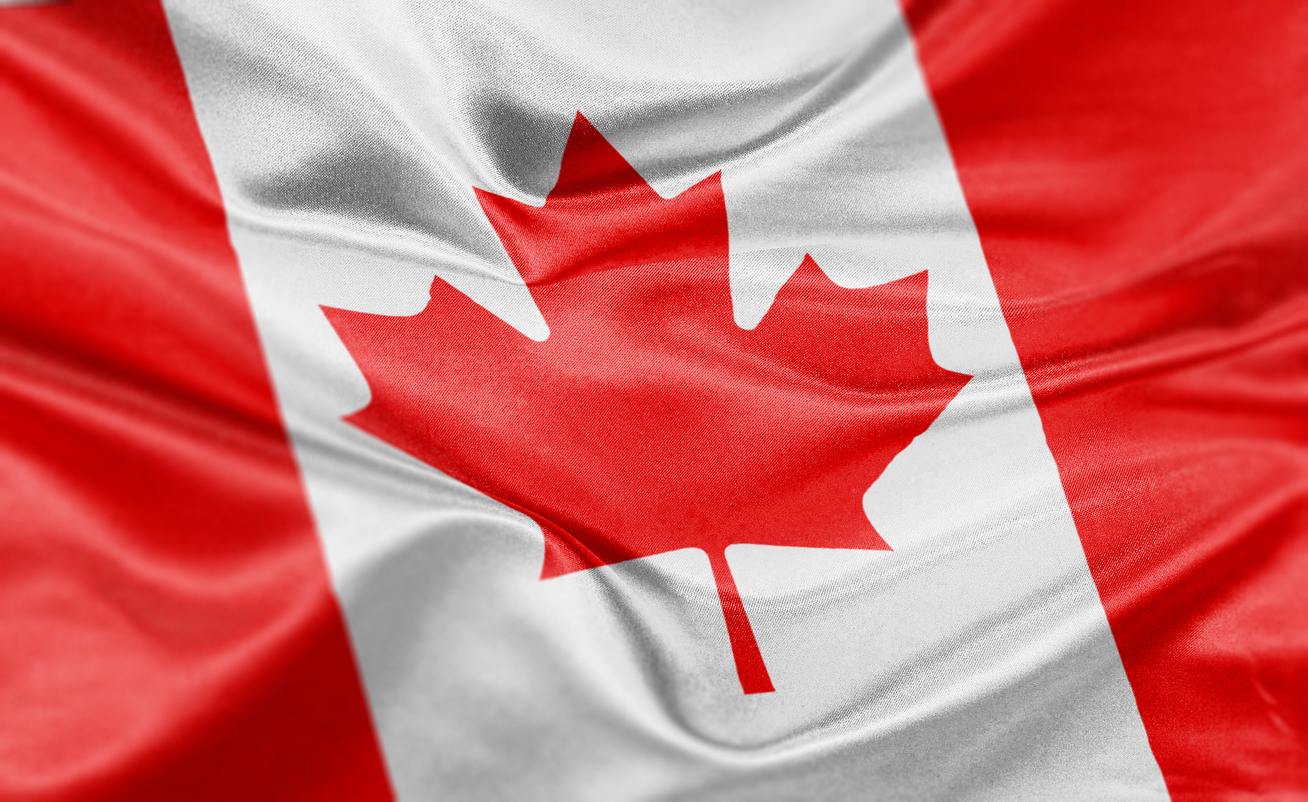Now, HERE is a Q&A document that makes the how, who, why, and when very clear. This Q&A final guidance outlines responses to a question that the Agency has fielded since the final rule regarding importation of prescription drugs went into effect on November 30, 2020.
Of importance, this rule does not cover individual personal importation of drugs, and only covers drugs approved in Canada, which are the same as those approved in the United States with the one exception being a difference in the U.S.‑approved labeling. The guidance notes “[U]nder the final rule, section 804 of the FD&C Act will be implemented through time-limited Section 804 Importation Programs (SIPs), which will be reviewed and authorized by FDA and managed by States or Indian Tribes, or in certain future circumstances by pharmacists or wholesale distributors (SIP Sponsors). A SIP may be co-sponsored by a State, Indian Tribe, pharmacist, or wholesale distributor. The personal importation provisions in section 804(j) of the FD&C Act will not be implemented through the final rule.”
It further answers:
- Which drugs are eligible for approval?
- How can SIPs obtain eligible prescription drugs?
- Can a SIP proposal be submitted without identification of a foreign seller?
The response to this question is interesting since it is most prudent to address the SIP on a phased-in approach, but the SIP itself cannot be approved until the identity of the foreign seller is addressed. Such a phased approach will allow the FDA to inform the importer whether the drug it wants to import is eligible for importation early in the process, thus avoiding confusion with the foreign seller.
- What are the importation requirements under the final rule?
- How are eligible prescription drugs tested?
In this instance, full testing must accompany the imported product, or the importer must perform full testing.
- What are the labeling requirements for eligible prescription drugs?
Despite the product having fully approved labeling (as approved by Health Canada), the product must be relabeled with all approved U.S. labeling, including patient guides, etc. There are some other differences regarding the NDC number and the like.
- What needs to be done after importation of eligible prescription drugs?
The answer to this question addresses adverse event reporting, drug monitoring, and recall procedures, etc.
- Can eligible prescription drugs imported under a SIP be returned?
The answer addresses saleable, as well as unsaleable, returned product and disposition requirements of those returned goods.
- For how long are SIPs authorized? Can a SIP’s authorization be extended?
Simply put, a SIP is first authorized for two years and can be extended for two years with FDA approval.
- Can a sponsor make changes to its SIP?
The answer is yes, but the FDA must first approve the changes.
Absorb the information to avoid any confusion, and be certain to fully understand your responsibilities under the regulation and the statute that authorizes importation of certain drugs from Canada. Note that the final rule excludes the following drugs from importation: “controlled substances, biological products, infused drugs (including peritoneal dialysis solutions), drugs that are inhaled during surgery, drugs that are injected intravenously (into a vein), intrathecally (into the spinal fluid), or intraocularly (into the eye), drugs that are subject to a risk evaluation and mitigation strategy (REMS), and drugs that are not subject to certain provisions of the Drug Supply Chain Security Act. For a drug product not excluded by the final rule, FDA will determine whether the product can be imported safely in the context of a specific SIP Proposal on a product-by-product basis.” If appropriate, this should be explained in the SIP for one of the exception drugs under appropriate circumstances (i.e., drug shortage in the U.S.). This guidance does not extend to drug importation from any country other than Canada.




